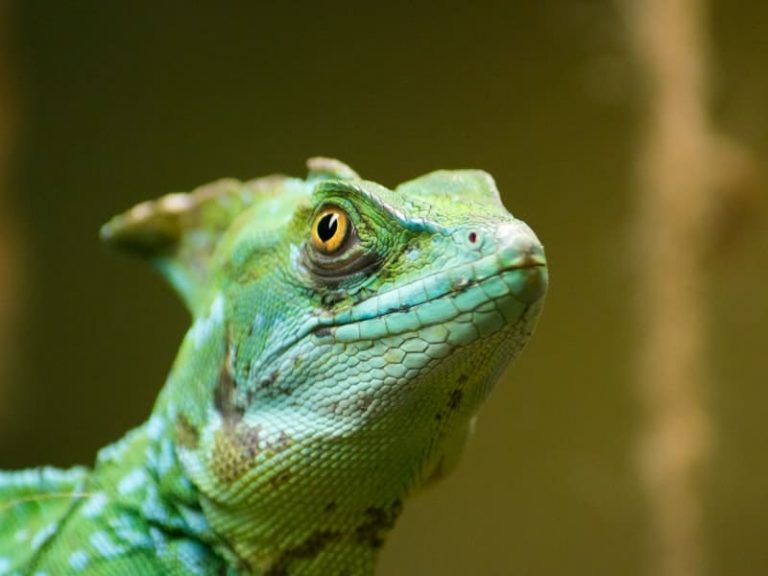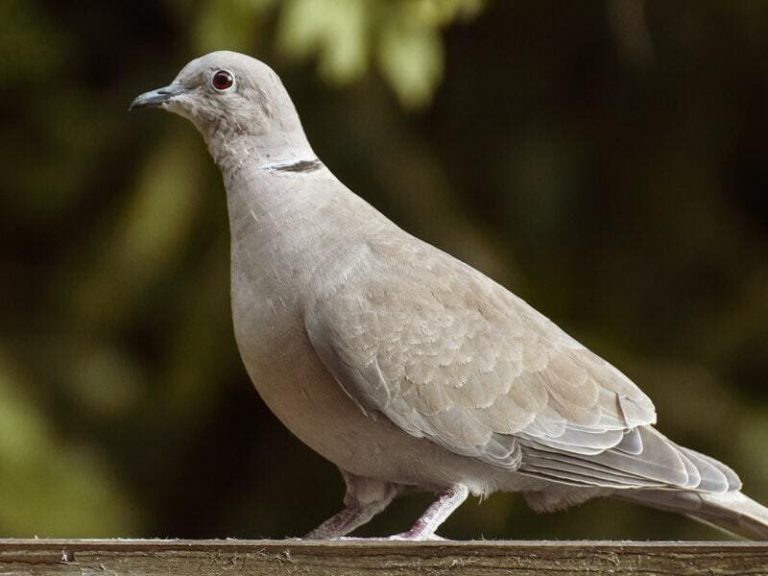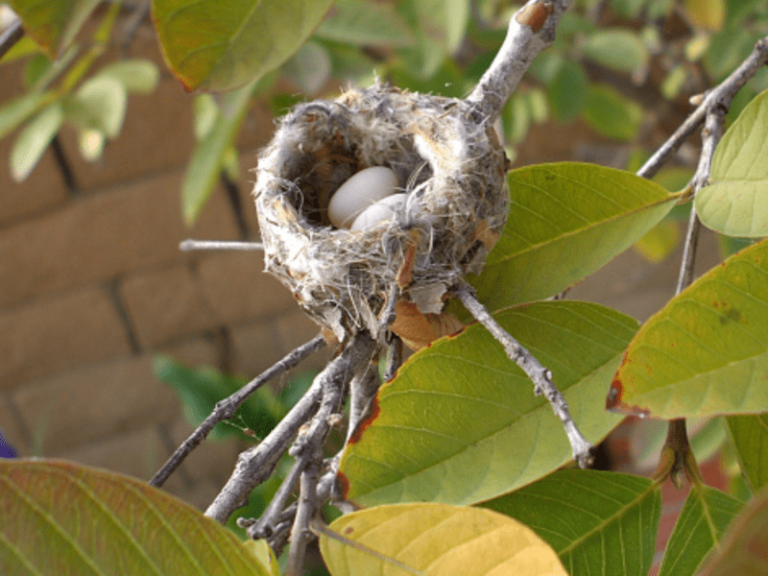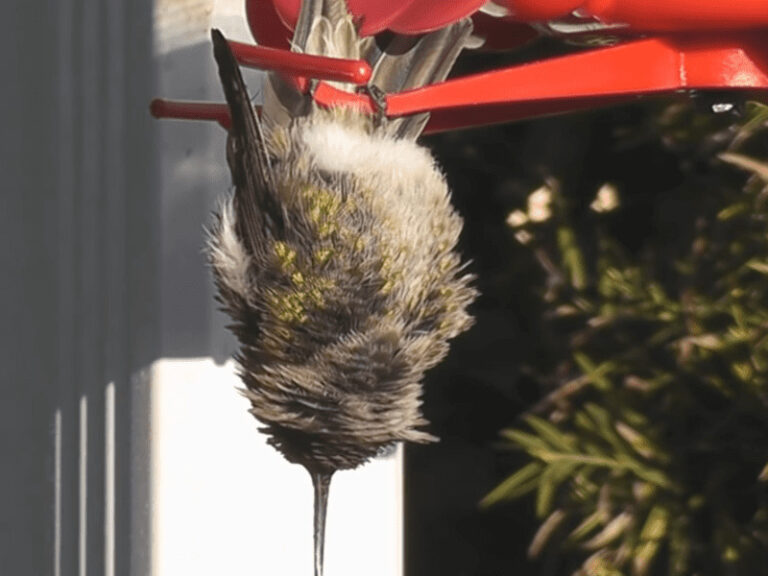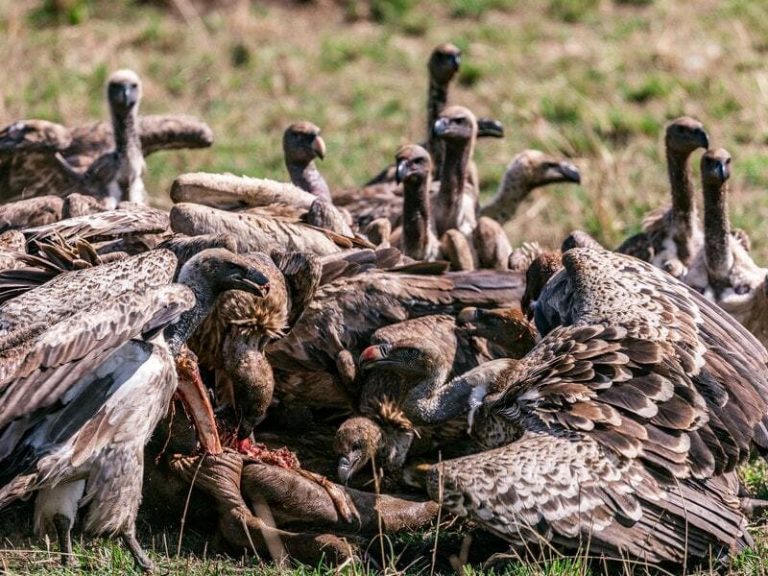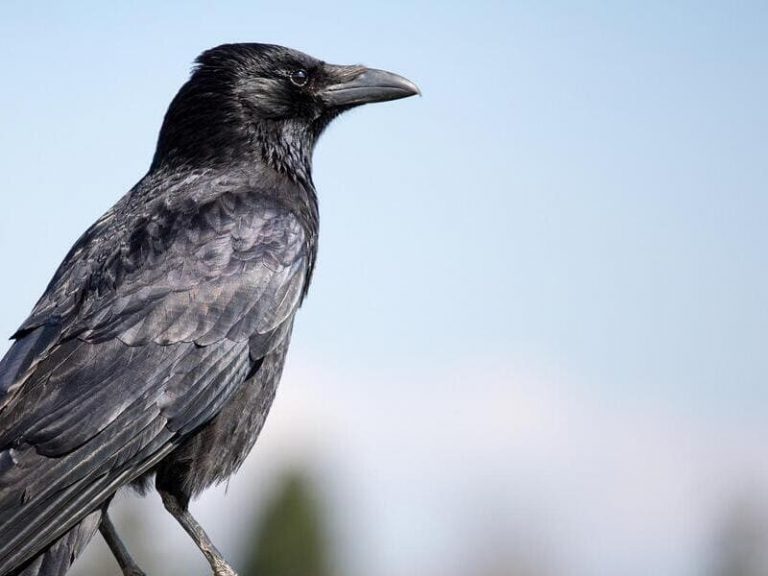What Eats Hummingbirds?
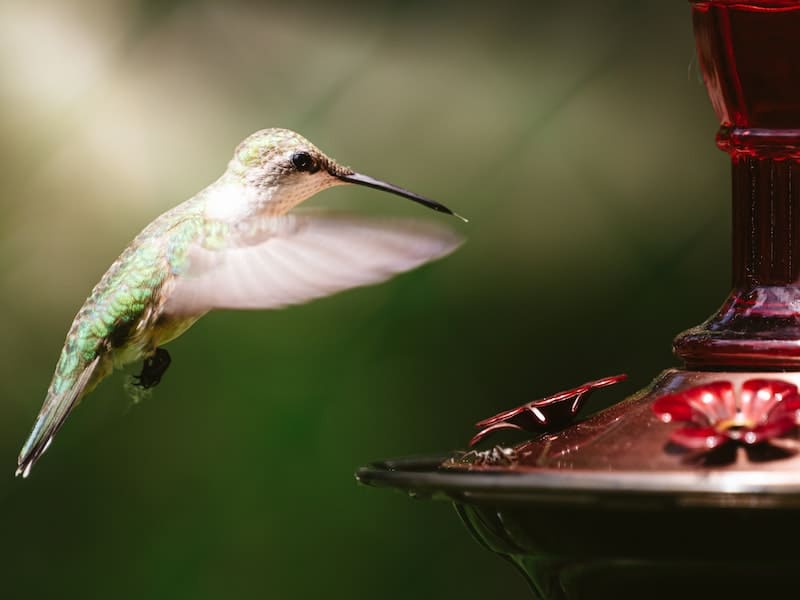
Have you ever seen a bird, animal, or man eating a hummingbird? Probably not. Because hummingbirds don’t have many predators, but still, there are some birds, insects, and animals that love to eat hummingbirds because of their beautiful appearance and taste.
There are many reasons why predators prey on hummingbirds. First and foremost, hummingbirds are a source of protein for many predators.
Additionally, they tend to congregate in large numbers near flowering plants, which makes them an easy target for predators. Lastly, their small size makes them vulnerable to attack.
While there are many things that could potentially prey on these small birds, there are three main groups of predators that are most likely to eat hummingbirds.
These groups are insects, animals, and other birds. Let’s take a closer look at each of these groups and see what kinds of creatures hunt hummingbirds or what eats hummingbirds.
What Eats Hummingbirds?
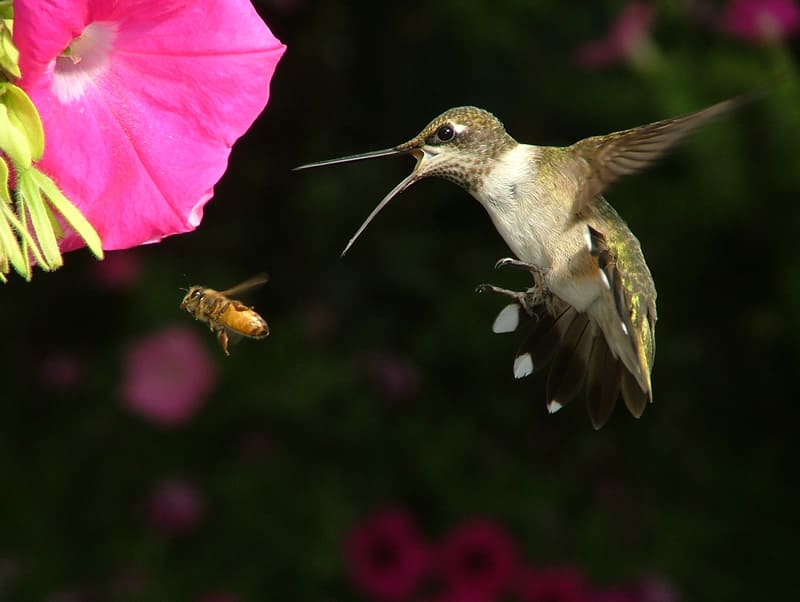
There are a variety of animals that prey on hummingbirds, including bats, snakes, spiders, and larger birds. The most common predator of hummingbirds, however, is the cat.
Cats are attracted to the hummingbird’s bright colors and often capture them as they fly or hover near flowers. They typically stalk and ambush hummingbirds, catching them as they feed. Let’s discuss more about what eats hummingbirds in detail.
1. Dragonfly

Dragonflies are among the fastest and most ferocious predators in the animal world. With their large, multi-faceted eyes and powerful jaws, they are equipped to catch and devour even the swiftest prey, such as hummingbirds.
The impressive speed and agility of these insects allow them to quickly overtake their fluttering targets and snatch them out of the air.
At the same time, dragonflies are smaller and much less cumbersome than many other predators that hunt birds, such as hawks or falcons. This makes it easier for them to pursue delicate prey like hummingbirds without sustaining any damage from a counterattack.
Furthermore, dragonflies exhibit a unique ability known as ballistic tongue projection, which helps them rapidly seize small flying creatures in midair with unparalleled precision. In brief, the combination of superior hunting abilities, size, and agility makes dragonflies ideal predators for catching hummingbirds.
2. Other birds
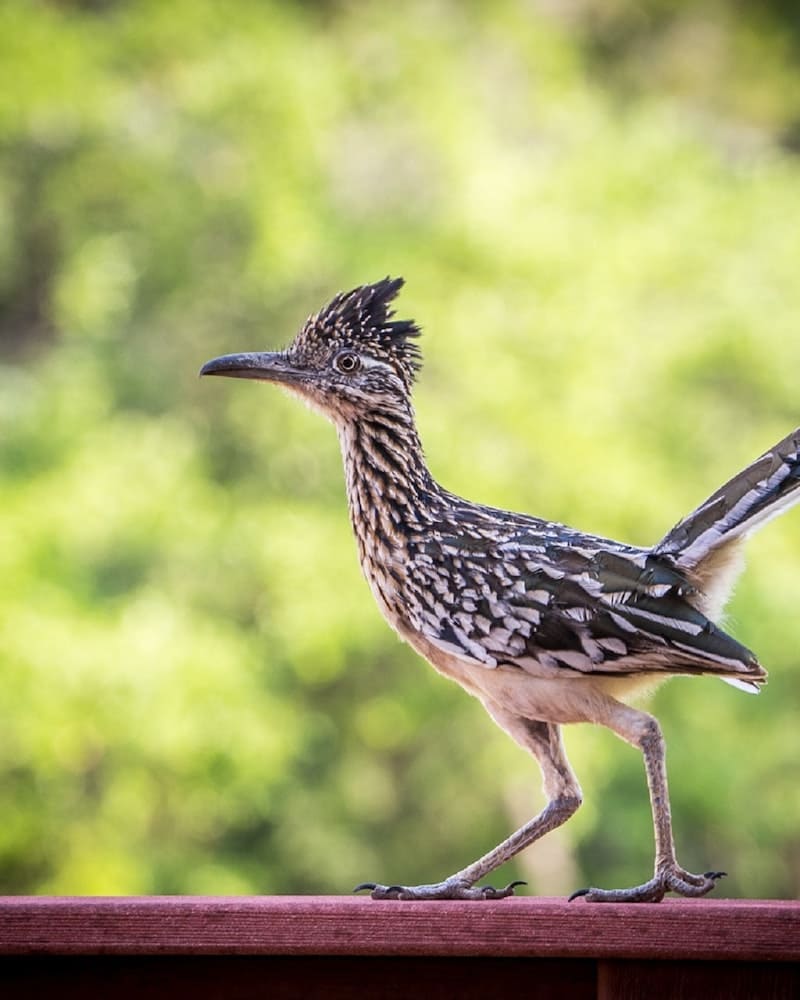
There are many different species of birds that feed on hummingbirds, including hawks and falcons, as well as smaller passerine birds like wrens. These birds typically use their keen eyesight to track hummingbirds as they flit through the air or hover at flowers.
Once they have spotted a target, these predatory birds swoop down on their prey, snatching the smaller bird in their powerful beaks before eating it on the spot or carrying it off to a safe location to consume.
Unlike other bird species, which tend to be solitary hunters, several predatory birds often work together for a coordinated attack on a single hummingbird.
3. Spiders
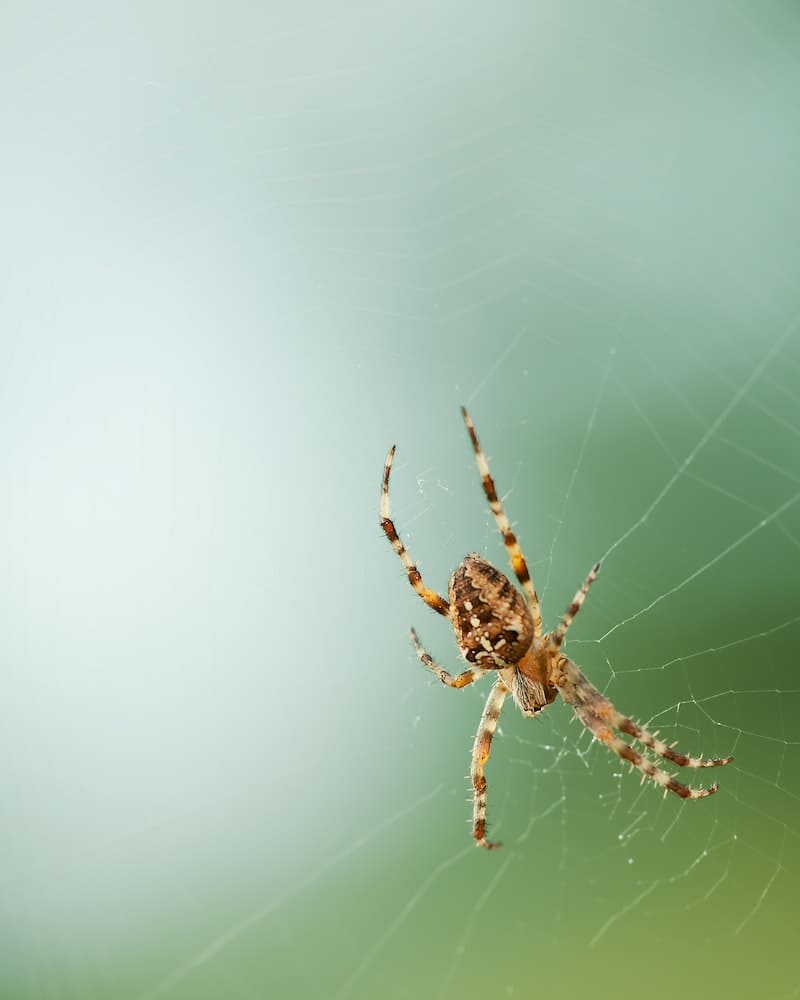
Spiders are often feared as dangerous predators that lurk in the shadows, waiting to pounce on their unsuspecting prey. However, spiders actually serve an important role in many ecosystems by helping to control populations of other animals, including insects and small birds.
This is especially true with respect to hummingbirds, which are an important food source for many species of spider.
Some spiders exhibit specific behaviors that help them catch and subdue these agile birds, such as webbing up potential hummingbird nests and even intentionally attracting these small animals using bright lights and sweet-smelling nectar from nearby plants. We hope now you know what eats hummingbirds.
Recommended reading: Hummingbird Nectar Recipe
4. Praying Mantis
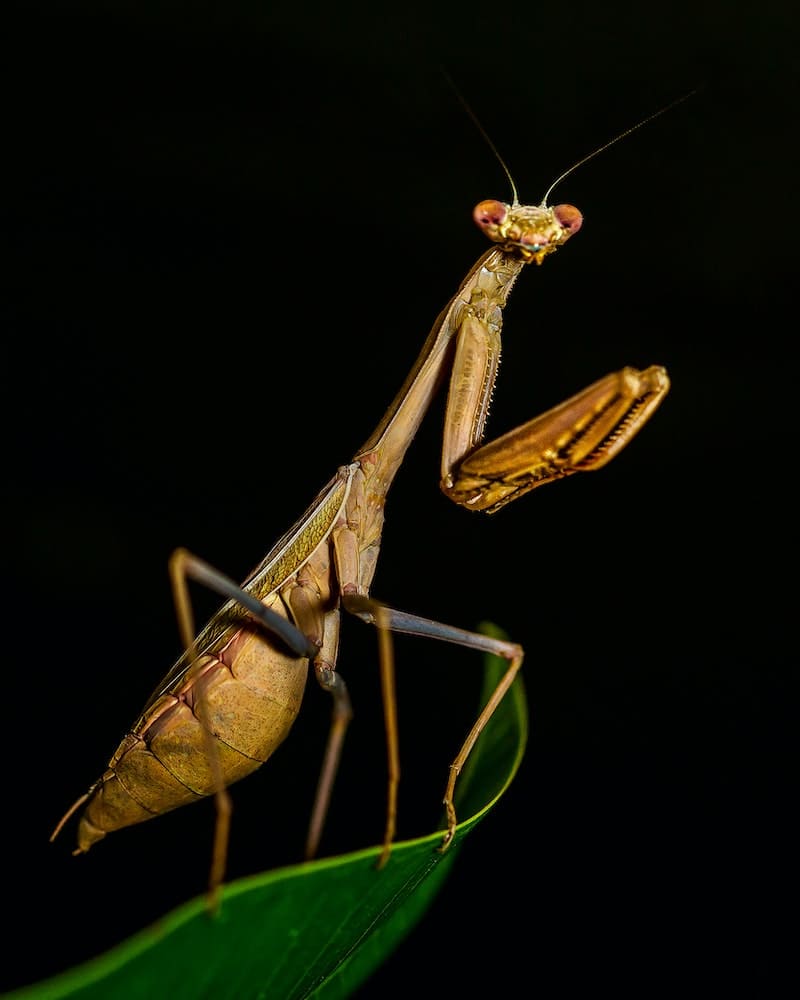
The praying mantis is an incredibly unique insect, renowned for its large, grasping forelimbs and distinct triangular head. However, what many people may not realize is that the praying mantis also poses a significant threat to tiny hummingbirds as well.
Like other predatory insects such sharks and snakes, the praying mantis has developed highly specialized hunting techniques that enable it to capture and eat hummingbirds successfully. In particular, experts have observed that the praying mantis frequently strikes at hummingbirds when they rest or perch on branches.
Using this camouflage to approach silently from behind, the mantis strikes the hummingbirds in one quick motion so fast that only a small blur of motion is visible to the human eye.
With this lethal hunting tactic, it is easy to see how even these tiny hummingbirds become prey for these ravenous insects.
5. Cats
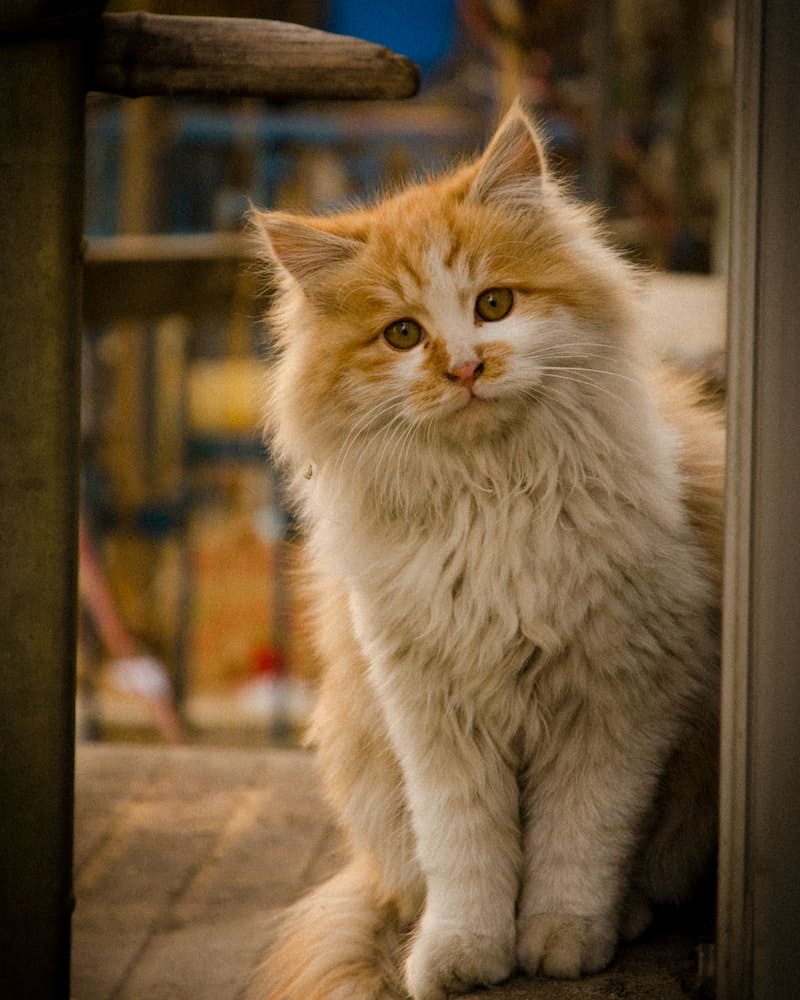
Cats have long been regarded as opportunistic predators that will prey on a wide range of different animals. While this is certainly true, many cats are also drawn to eat certain species more often than others.
One often-cited example is the hummingbird. Since most hummingbirds do not build nests, they are often easier for cats to spot and catch in an open area like a lawn or garden.
In fact, some experts even recommend keeping both plants and bird feeders away from outdoor areas frequented by cats, since both can serve as traps for these intriguing birds. Whatever the reason for our feline friends’ preferences, it’s clear that certain species are sometimes just too tempting to resist.
6. Snakes And Lizards
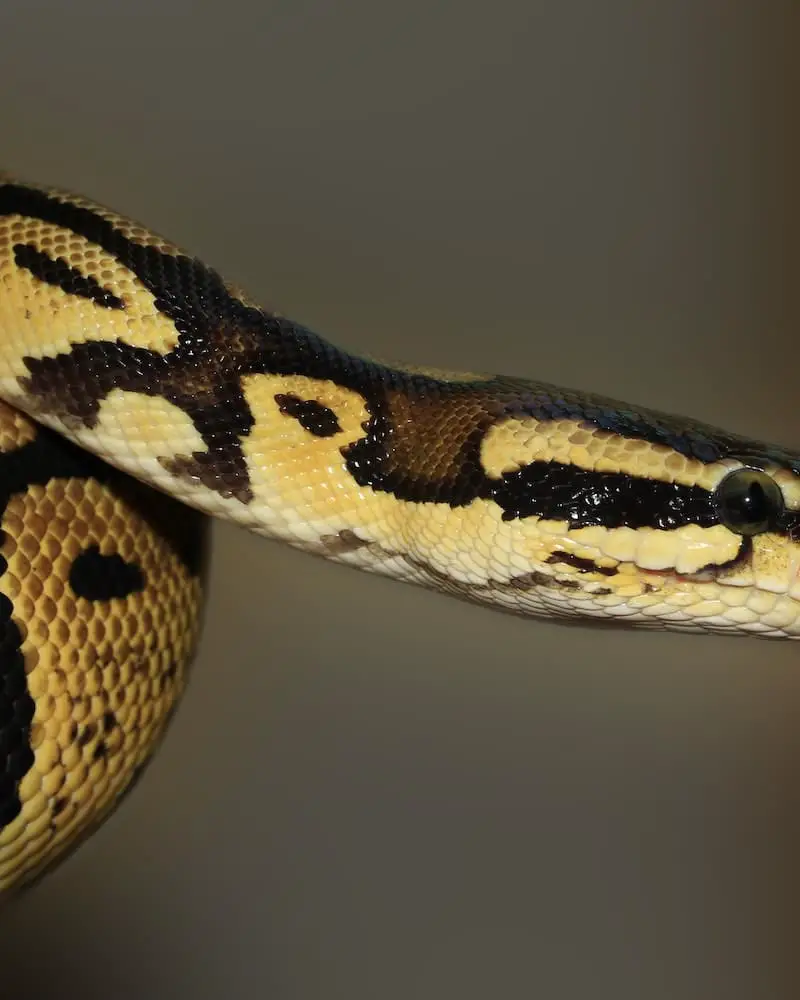
Snakes and lizards are predatory animals that feed on a variety of different prey, depending on the species. While these creatures may choose to consume small mammals or insects, there is one type of prey that seems to be especially favored by these predators: hummingbirds.
There are several possible explanations for why snakes and lizards prefer to eat these tiny, brightly-colored birds. One potential explanation is that hummingbirds are packed with nutrients such as protein, fat, and carbohydrates.
Their high metabolic rate also means that they generate heat easily, this may make it easier for these birds to attract their predators by becoming more visible.
Additionally, while hummingbirds use speed and agility to escape predators in most cases, they are often unable to outfly snakes or lizards due to their slow movement and lack of flight capability in the case of snakes.
Whatever the specific reason, it seems clear that snakes and lizards consider hummingbirds a delectable treat worth hunting down.
Recommended reading: Male Vs Female Hummingbird
7. Fishs
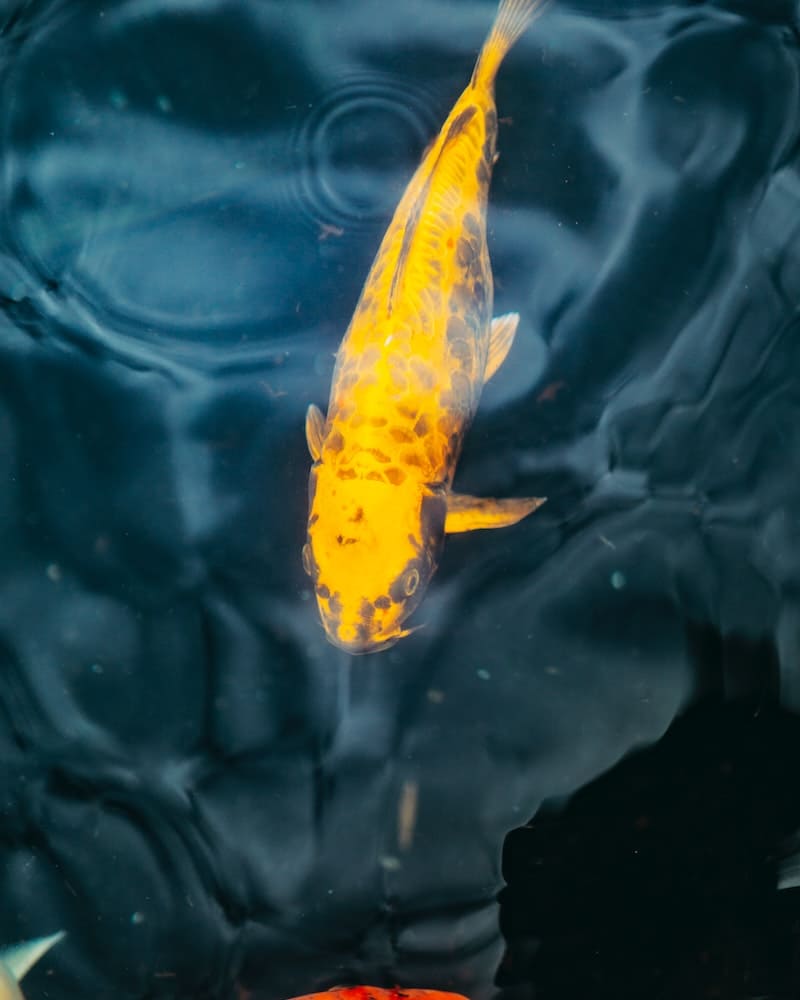
Many species of fish are well-known for their predatory nature, as they are adept hunters that seek out and devour a wide variety of different prey.
While most people associate fish with larger creatures like birds and rodents, there are actually many fish species that target smaller prey, including hummingbirds. There are several different factors that may contribute to this behavior in fish.
- Firstly, many fish are opportunistic feeders that take advantage of any easy source of food that is available.
- Secondly, by consuming smaller creatures like hummingbirds, these predatory fish gain access to important phytonutrients and vitamins.
- Thirdly, eating a hummingbird may allow a fish to bulk up quickly before migrating or going through a physiological adaptation, such as spawning or growing eggs inside its body cavity.
8. Owls
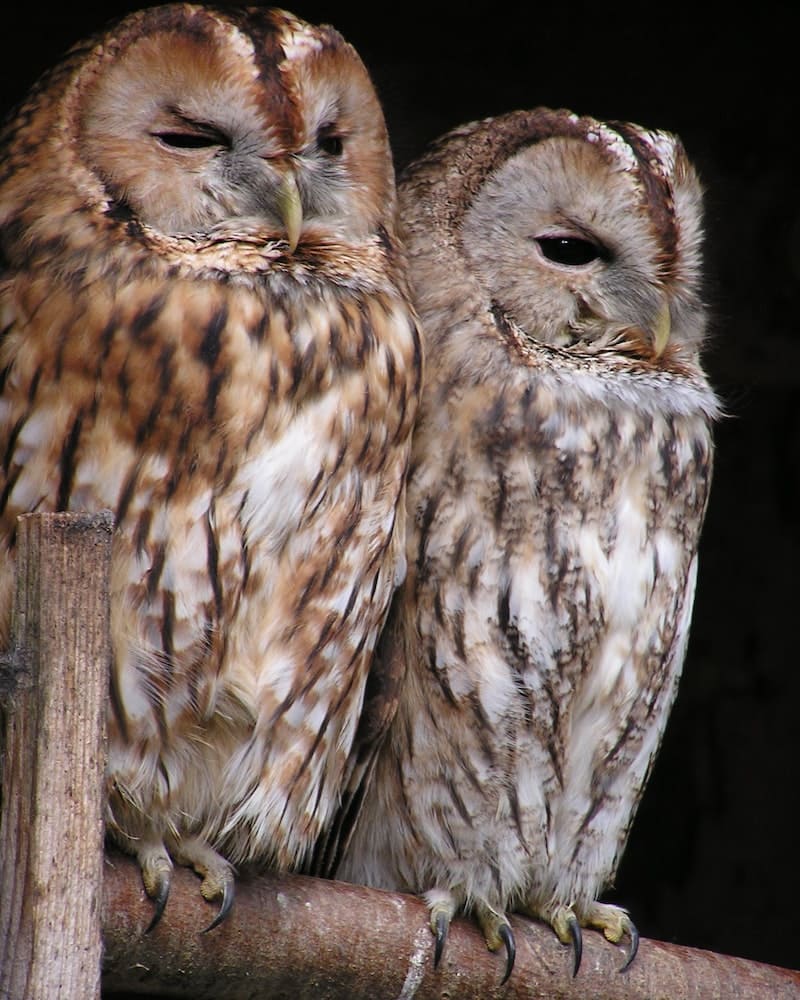
Owls are well known for their ability to capture and kill small prey with remarkable speed and precision.
Many species of owl rely primarily on small mammals, such as mice, rats, and squirrels, for sustenance. However, there are a few species of owls that feed primarily on small birds, such as hummingbirds.
While most owls do not consume hummingbirds, the advent of this behavior among certain species suggests that they may simply be taking advantage of a food source that has become more readily available due to other predators’ absence or decline.
9. Bees And Wasps
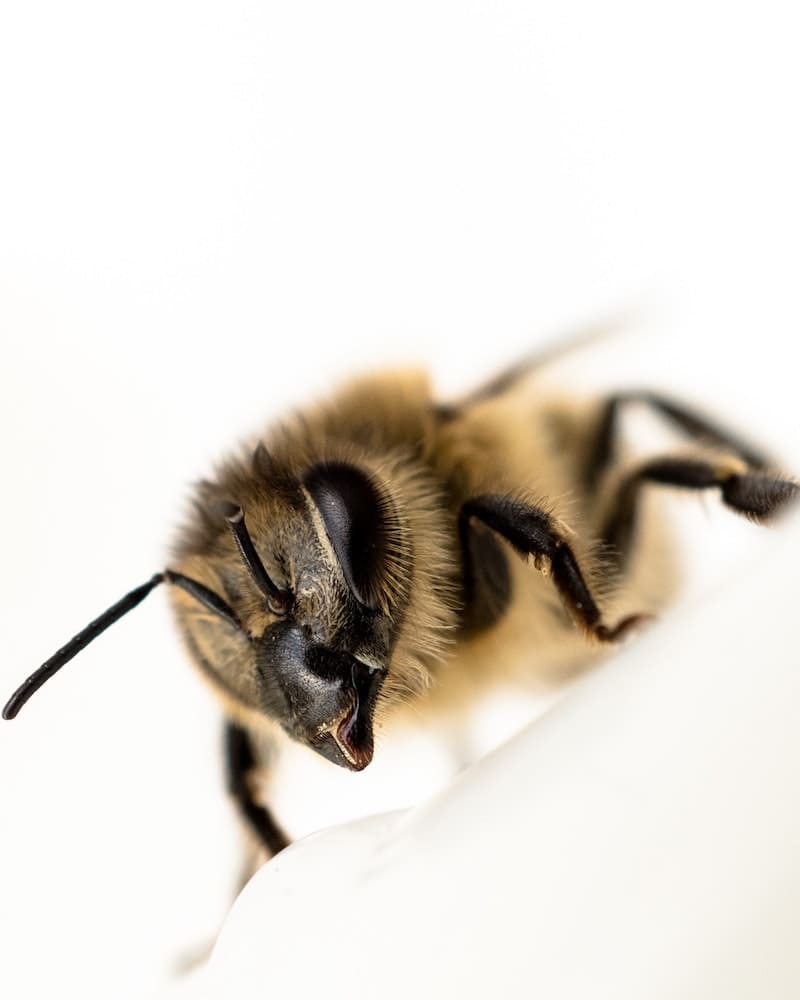
Bees and wasps can be a significant threat to hummingbird populations. These flying insects are attracted to the sugars in the nectar that hummingbirds feed on, and have been observed consuming large numbers of these tiny birds. There are several possible reasons for this behavior.
- For one, hummingbirds can make for easy prey due to their small size and delicate movements.
- Additionally, bees and wasps may be seeking out sources of sugar as food sources become more limited during the colder months, when flowering plants are less abundant.
Whatever the reason behind it, this predation poses a serious threat to hummingbird populations, so it is important to be vigilant about keeping bee and wasp nests under control and minimizing contact between hummingbirds and these insects as much as possible.
Recommended reading: Do Hummingbirds Sleep?
What Eats Baby Hummingbirds?
Baby hummingbirds are most likely eaten by larger birds, such as hawks or owls. Moreover, they are also vulnerable to being attacked by snakes or spiders.
What Are The Most Common Hummingbird Predators?
The most common hummingbird predators are hawks, falcons, and owls. These raptors typically perch on a high vantage point and scan the ground for small prey.
When they spot a hummingbird, they dive toward it quickly and snatch it up in their talons. Some of these raptors will also eat insects, which can be mistaken for hummingbirds from a distance.
Other predators that feed on hummingbirds include spiders, snakes, and lizards. These predators typically ambush their prey by hiding in vegetation or by stalking them slowly until they’re close enough to pounce.
Unfortunately for hummingbirds, there’s no way to avoid being devoured by one of these predators if they’re unlucky enough to cross its path
What Is The Biggest Predator Of Hummingbirds?
The biggest predator of hummingbirds is the harpy eagle. These eagles are the largest and most powerful raptors in the Americas, and they feed mainly on sloths, monkeys, and large birds. They have even been known to take down small deer. Hummingbirds are no match for these predators and can easily become prey.
When Are Hummingbirds Most Vulnerable?
Hummingbirds are most vulnerable when they are trying to build their nests. They can be easily attacked when they are gathering materials for their nests or when they are sitting on their eggs.
Predators often attack hummingbirds while they are feeding because it is easier to catch them that way. Some predators even try to follow the hummingbirds back to their nests.
How To Protect Hummingbirds From Predators?
There are a few things that people can do to help protect hummingbirds from predators.
- One is to put up a hummingbird feeder near a window or some other spot where the birds can be easily watched. This makes it easier for people to see when a predator is attacking, and gives them a chance to scare the predator away.
- Another thing people can do is plant native flowers and trees that provide shelter for the birds. These plants will also help to attract hummingbirds to the area, which will in turn make it more difficult for predators to find them.
- Finally, people can keep an eye out for predators lurking around feeders or nesting areas, and take action when necessary to scare them away.
How Do Hummingbirds Defend Themselves?
Hummingbirds have a number of ways to defend themselves.
- Their first line of defense is their speed. They can fly incredibly fast, and they can also hover in one spot to make it difficult for predators to attack them.
- Their second line of defense is their coloring. Most hummingbirds are brightly colored, and this makes them difficult to see when they’re perched or in flight.
- And finally, hummingbirds use their sharp beaks and feathers as weapons. They can peck or stab predators with their beaks, and they can also use their feathers to protect themselves from attack.
How You Can Help Keep Hummingbirds Safe?
One way to help keep hummingbirds safe is to provide them with a feeder. Make sure to clean the feeder regularly and fill it with sugar water (1 part sugar to 4 parts water).
Another way to help protect hummingbirds is by planting flowers that they like to eat. Some good choices include trumpet vine, honeysuckle, salvia, and bee balm. These plants will not only provide food for the hummingbirds, but they will also attract other insects that the birds like to eat.
Other Fatal Threats To Hummingbirds
Fatal threats to hummingbirds include window strikes, being caught in spider webs, getting lost in bad weather, and ingesting toxic substances.
Spider webs can also be fatal to hummingbirds. The spiders will wrap up the birds in their webs and suffocate them. To avoid this fate, remove any large spiderwebs from near your hummingbird feeders and plants.
Now we’ve discussed what eats hummingbirds. Now, let us discuss some fatal threats to hummingbirds in detail.
1 – Windows
Hummingbirds can encounter window strikes. Window strikes occur when a hummingbird flies into a window and collides with the glass.
This often happens because the bird mistakes the reflection of trees or flowers for actual plants. To reduce the risk of window strikes, hang decals or stickers on your windows, or place vertical blinds or curtains on the inside of your windows.
2 – Trees
Although it may seem counterintuitive, trees can actually be a fatal threat to hummingbirds. Hummingbirds are attracted to the brightly-colored flowers that grow on trees, but these flowers often contain nectar that is poisonous to the birds.
In addition, the leaves of some trees are toxic to hummingbirds, and the hummingbirds can easily become caught in the tree’s branches and foliage. As a result, hundreds of hummingbirds die each year as a result of interactions with trees.
3 – Cars
It’s true that cars can be a fatal threat to hummingbirds. In fact, according to the Hummingbird Society, “up to 1 million hummingbirds die each year in the U.S. as a result of collisions with automobiles.”
This is because hummingbirds are attracted to the bright colors of cars, and they often fly right into them. So it’s important to be aware of these dangers when driving, and to take steps to avoid hitting any hummingbirds that might be flying around.
Some simple things you can do include watch for hummingbirds while you’re driving, slowing down when you see them, and avoiding driving during dawn or dusk when they’re most active.
Final Thoughts
Given that most hummingbird predators are larger birds themselves, it’s no surprise that the greatest threat to a hummingbird’s life is other birds.
Hawks, orioles, and even shrikes have all been known to take down these delicate creatures. But there are some smaller threats as well. Snakes and bats both enjoy a meal of hummer now and then.
So the next time you see a little bird zipping around your yard, remember: it has plenty of its own enemies to worry about without you adding to the list. Plus, now you know what eats hummingbirds.
Interesting articles:

